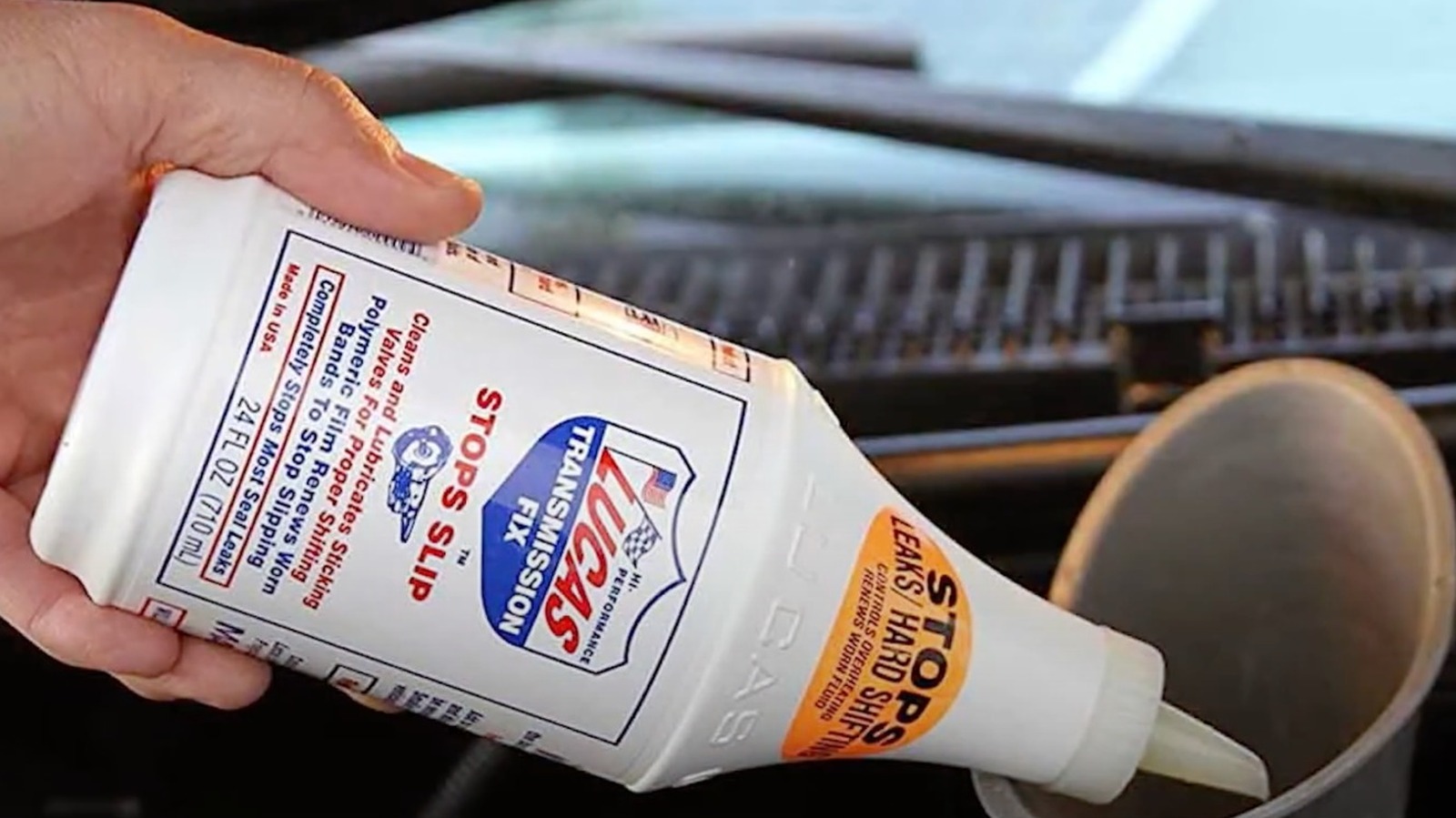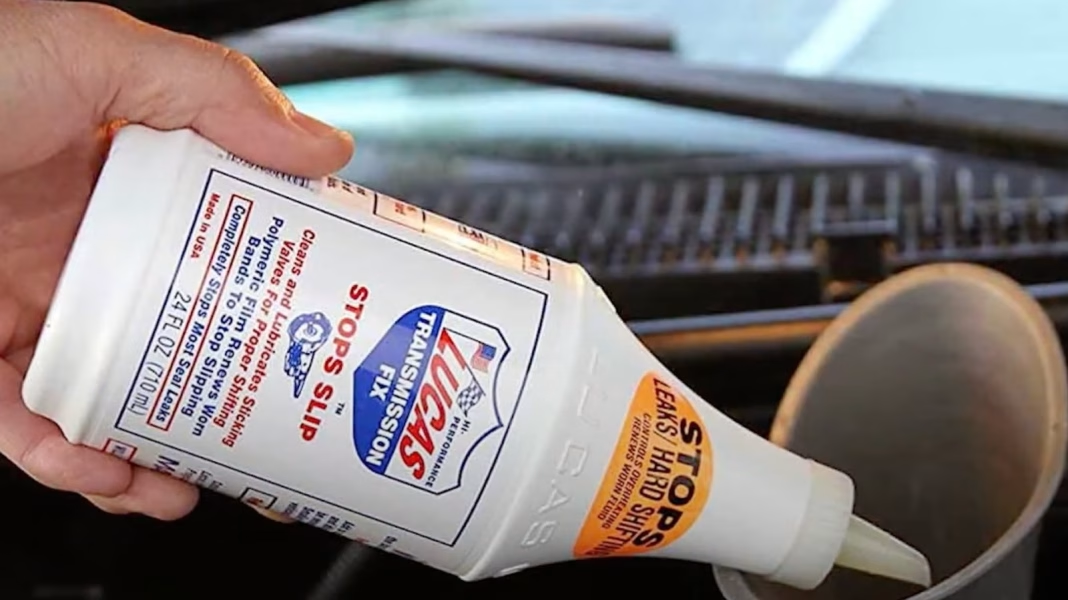Understanding Transmission Additives: Do They Really Work?
When it comes to maintaining your vehicle, the myriad of products available can be overwhelming. Among these, transmission additives often catch the eye of car owners looking for a quick fix to transmission issues. But do these additives genuinely deliver on their promises, or are they merely a marketing gimmick? Let’s delve into the world of transmission additives, examining their effectiveness, potential benefits, and the concerns that come with their use.
What Are Transmission Additives?
Transmission additives are chemical formulations designed to enhance the performance of your vehicle’s transmission fluid. They claim to address various issues, such as slipping gears, rough shifting, and even leaks. These additives can come in different forms, including friction modifiers, seal conditioners, and detergents, each targeting specific problems within the transmission system.
The Science Behind Transmission Additives
To understand whether transmission additives are effective, it’s essential to look at the science behind them. Many additives contain a blend of detergents and friction modifiers that aim to improve the fluid’s properties. For instance, friction modifiers can help reduce wear on transmission components, while detergents can clean out sludge and deposits that may hinder performance.
A study conducted by the Society of Automotive Engineers (SAE) found that certain additives could improve the lubricating properties of transmission fluids, potentially extending the life of the transmission. However, the effectiveness of these additives can vary significantly based on the specific formulation and the condition of the transmission itself.
When Are Transmission Additives Beneficial?
Transmission additives can be particularly beneficial in specific scenarios. For instance, if your vehicle is experiencing minor shifting issues or if the transmission fluid appears dirty or degraded, an additive may help restore some functionality. Additionally, if you own an older vehicle with a high mileage, using a transmission additive could potentially prolong its life by addressing wear and tear.
However, it’s crucial to approach these products with realistic expectations. Transmission additives are not a cure-all solution. They may provide temporary relief for minor issues, but they cannot replace necessary repairs or maintenance. If your vehicle is showing signs of severe transmission problems, such as grinding noises or complete failure to shift, it’s essential to consult a professional mechanic rather than relying solely on an additive.
Are There Risks Involved?
While many transmission additives are marketed as safe and effective, there are inherent risks associated with their use. Some additives can alter the chemical composition of the transmission fluid, potentially leading to adverse reactions with existing fluid or components. For example, certain seal conditioners may swell seals and gaskets, which could lead to leaks if the seals are already compromised.
Moreover, relying on additives as a primary solution can lead to neglecting essential maintenance practices. Regular fluid changes and inspections are critical for maintaining transmission health. If a car owner becomes overly dependent on additives, they may overlook the importance of these routine services.
Real-World Experiences and Case Studies
To provide a clearer picture of the effectiveness of transmission additives, consider the experiences of various car owners. A survey conducted by a leading automotive forum revealed that approximately 60% of users reported positive results after using a transmission additive, particularly for minor issues like slipping or rough shifting. However, many users also noted that these improvements were often temporary, with issues resurfacing after a few months.
In one notable case, a 2005 Honda Accord owner experienced significant slipping during acceleration. After applying a reputable transmission additive, the owner reported smoother shifting for several weeks. However, the underlying issue was eventually diagnosed as a failing transmission, which required a costly rebuild. This highlights the importance of understanding that while additives can provide temporary relief, they should not replace professional diagnostics and repairs.
Making an Informed Decision
When considering whether to use a transmission additive, it’s essential to weigh the potential benefits against the risks. Here are some actionable steps to help you make an informed decision:
1. **Assess the Symptoms**: Before reaching for an additive, evaluate the symptoms your vehicle is experiencing. If the issues are minor and you’re looking for a temporary fix, an additive might be worth trying. However, for severe problems, consult a mechanic.
2. **Research the Product**: Not all additives are created equal. Look for products with credible reviews and endorsements from automotive professionals. Check for any certifications or testing by independent organizations.
3. **Follow Instructions Carefully**: If you decide to use an additive, follow the manufacturer’s instructions closely. Overuse or improper application can lead to more significant issues.
4. **Prioritize Maintenance**: Remember that additives should complement, not replace, regular maintenance. Ensure you’re keeping up with fluid changes and inspections to maintain the health of your transmission.
In summary, while transmission additives can offer some benefits, they are not a substitute for proper vehicle maintenance or professional repair. By understanding their limitations and using them judiciously, you can make informed decisions that contribute to the longevity and performance of your vehicle’s transmission system.


